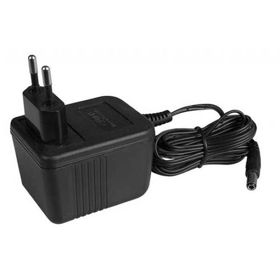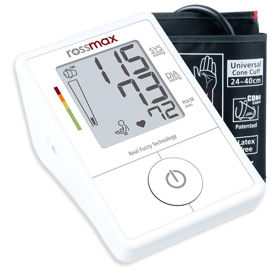High blood pressure is sometimes called a silent killer, as it usually does not cause warning signs or symptoms at all. Many people don’t even know they have high blood pressure. Therefore, it is important to check your blood pressure levels regularly.

In the past, most people relied on measurements taken in a doctor’s office. This means that people had to visit health centers or doctors regularly. Thanks to advances in technology today, people can buy blood pressure monitors for home use.
This is very important in measuring blood pressure. Doctors recognize and even encourage this method of measurement. Monitoring blood pressure at home helps to treat or monitor hypertension in patients, as the effects are even better. Home use of meters is also recommended due to a well-known problem or white dress syndrome. It is this syndrome that has made many patients nervous due to anxiety and fear in the doctor’s office. Another advantage of monitoring blood pressure at home is the easy detection of morning hypertension, which occurs very early in the morning, which is very difficult for doctors to detect.
When buying a blood pressure monitor, it is recommended to buy a reliable meter that measures accurately. It is also advisable to purchase a meter with special technologies that can detect the risk of cardiovascular disease.
The risk of heart disease and stroke can be prevented by early detection of atrial fibrillation, premature heart contraction, tachycardia, and bradycardia. Special attention should be paid to heart disorders, so early diagnosis is extremely important.
PARR technology detects arrhythmia during regular blood pressure measurements, where the user does not need additional skills or the measurement does not require additional effort. Detection of atrial fibrillation (AFib) In atrial fibrillation, the atria of the heart (atria) beat irregularly and often too fast (migetata), causing blood stasis and impeding blood flow to the ventricles. Therefore, there is a high risk of blood clots, stroke and other complications. associated with the heart. About 10-20% of patients affected by ischemic stroke have atrial fibrillation.
Why does blood pressure rise?
The heart drives blood through the arteries. The large arteries or drains that lead from the heart thin into smaller arteries called arterioles. The arterioles then thin into even smaller vessels called capillaries and supply oxygen and nutrients to the organs in the body. The blood then returns through the veins to the heart.
Some nerve impulses cause the arteries to dilate or constrict. If these veins are very open, blood flows through them easily. However, if they constrict, blood flow is impaired, so the pressure in the veins increases. High blood pressure occurs, which puts a strain on the heart, and blood vessels can be damaged. Changes in the blood vessels that supply blood to the kidneys and brain can affect these organs.
The heart, brain and kidneys can withstand high blood pressure for a long time. Therefore, we can live for many years without any symptoms and problems. However, this does not mean that our body is not affected.
High blood pressure is a major risk factor for stroke, heart attack, heart failure and kidney failure.
May is the month of hypertension
On the occasion of this year's World Hypertension Day, the Slovenian Hypertension Association draws attention to the following:
KNOW YOUR NUMBERS!
Hypertension or high blood pressure may be asymptomatic, but it kills 9.4 million people on Earth each year:












 Facebook
Facebook
 Instagram
Instagram
 info@moja-lekarna.com
info@moja-lekarna.com

